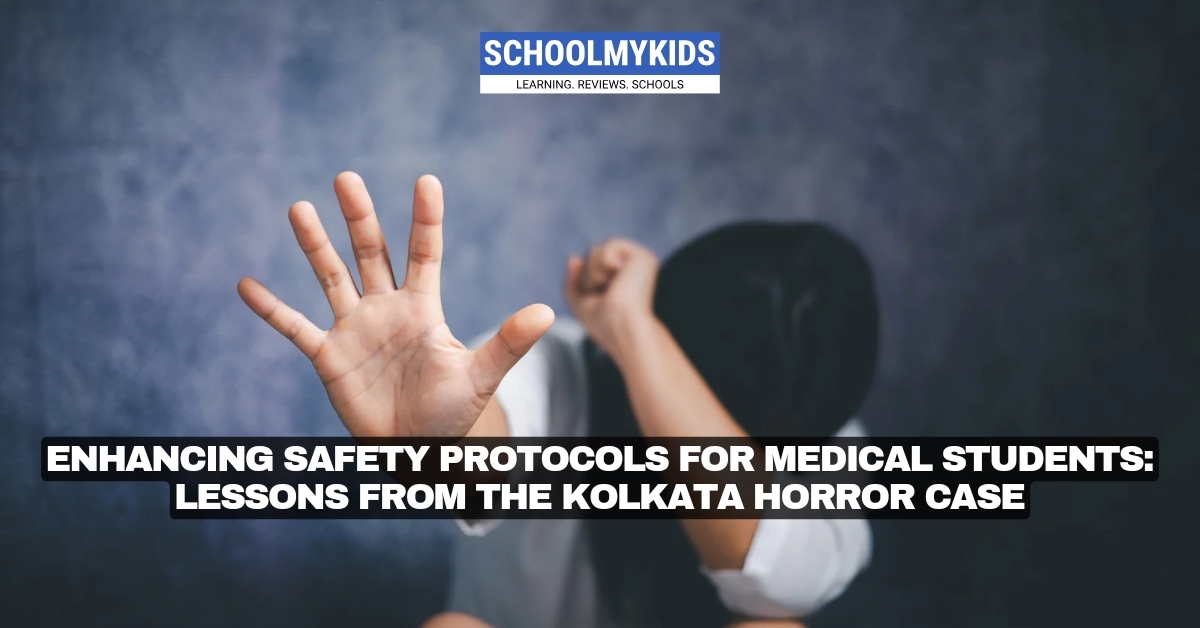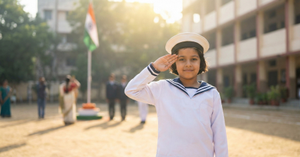The journey of medical students in a clear picture is all about long hours of staying in the library, coffee-powered study sessions, cracking the toughest NEET examination, and of course, the excitement of their first clinical rotation.
But what mostly remains overlooked is their safety. It’s that aspect that tragically came to light overnight with the horrifying case in Kolkata. This brutal rape and murder case has left the entire nation shaken to its core.
The truth is, becoming a doctor shouldn’t be a risk to their own lives.
However, unfortunately, we are now confronted with this grim reality in India that has sparked immediate conversation about the safety of those who dedicate their entire lives to saving others. And the only silver lining to this tragedy is that it has again re-ignited the overdue question of how we can protect our future healthcare heroes after the 2016 Nirbhaya case.
Read this article to find out what went wrong in the latest Kolkata horror case and how we can make things right by addressing the safety gap.
The Chilling Reality: Long-Standing Brutality Against Healthcare Professionals
The statistics of rape cases in India are alarming. In fact, almost 75 percent of doctors in India have faced some sort of challenge at work, as per a survey conducted by the Indian Medical Association. That means—three out of every four doctors!
From verbal abuse to physical assaults, and now, the tragic sexual violence and murder have led to questioning the systemic and much larger issue.
In response to the Kolkata rape case, the Supreme Court has constituted a 10-member task force to formulate a set of protocols to ensure the safety of medical personnel. This might be a promising start, yet there’s a huge gap for the real change to come into effect. And there’s still a lot of work to be done.
What Really Went Wrong In The Kolkata Horror Case?
The tragic rape case in Kolkata sent shivers throughout the country, and it actually highlighted several serious gaps in the safety on medical campuses.
Poor Security
Most medical colleges don’t have proper security measures, including security staff and surveillance cameras. This makes students more vulnerable to tragic incidents, particularly during the late-night shifts.
Lack of Safety Training
Many students are not trained to deal with dangerous situations. And if safety protocols exist, they are more or less poorly communicated, simply ignored, or are merely formulated for existence.
Insufficient Legal Measures
While there are laws to protect healthcare professionals, they are not properly enforced. And this Kolkata rape case has strongly emphasized the need to enforce these legal safeguards to guarantee safety to medical professionals.
Safety Protocols: What Should Be Done?
To prevent another tragedy like the Kolkata, Nirbhaya, and countless other cases from happening, here are some essential steps that can help in making medical campuses safer.
Campus Security
Most medical schools overlook the safety aspect. However, now the key focus must be on improving security systems, such as trained security staff, surveillance cameras, and well-lit campuses.
Emergency Response Systems
Easy-to-use emergency systems must be made mandatory on campuses, such as panic buttons at every interval, rapid response teams, and other safety drills.
Safety Training
Getting mandatory safety training must be the key aspect when it comes to students and other personnel at college campuses. This way, the individuals can learn how to recognize threats and react in emergency conditions.
Stronger Legal Protections
Besides physical safety, a bit more rigid and tougher laws are the need of the hour to protect healthcare workers from violence.
Conclusion
The Kolkata rape and murder case has clearly portrayed that it’s time we cannot take the safety of medical students for granted anymore. It’s time to call for the safety of India’s future doctors. And the best time to act is now!









Be the first one to comment on this story.